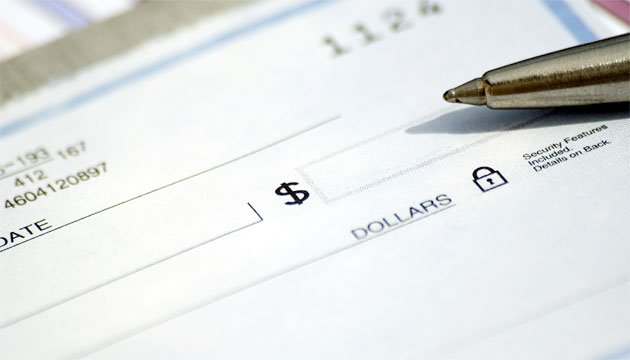
When you first start out, you often have to do work below your ideal rate to help get your business going and to generate trust in your brand. A problem that many freelance, self-employed business people have is that they set lower prices when they first open their doors and fail to raise them—ever. Afraid of driving away customers, these self-employed folk get stuck in time, charging and getting paid amounts that are years out of date. So how do you raise prices, earn what you are worth, and keep customers in the process? There are five steps to take.
Decide on a reasonable amount.
If it has been awhile since you last raised your rates, you may be out of touch with what the market will bear. What are your competitors charging? That is a good place to start. Like Goldilocks, you do not want to be too hot or too cold. You want to be just right (unless what you offer is qualitatively different). Decide on an amount that you think is fair and reasonable.
Give clients reasonable notice.
Whether you intend to raise your rates $10 an hour, 25 percent, or whatever, you need to give your clients advance warning so that it is not a shock and so that they can plan for it. When you tell them, be businesslike. Do not apologize, and do not explain. Confidence is key. People raise their rates—that is a fact of business. You are good at what you do, and you deserve to raise your rates, too. Be sure to explain that your new rates are in line with the norm in the industry. If you do feel the urge to explain the rate hike, you can always say, for instance, “My fees are still reasonable, and I have not raised them in years. I have to keep up with my overhead” or “I decided that I need to raise my rates 10 percent every other year.”
Test.
This is an optional step. If raising your rates makes you nervous and concerned that you will lose clients, consider trying it out on a few clients for starters. Discover their reaction. If it works, then roll out fee increases across the board. If not, retreat!
Handle resistance.
Clients who voice their displeasure will need a little extra TLC. Explain how much you do for them and how much extra you do that is gratis. Make sure they understand that your new fees are not out of line, and besides, if they switched to someone new, it would require time and training, and that would eat up any savings they might get. Reiterate all that you do. Explain that you dislike raising your rates but really have no choice; based on your long-standing working relationship, you hope they will understand. If they still balk, consider giving them a perk—maybe another 60 days at the old price. That might work.
Bonus Tip – Flat Fees
Do you hate hourly billing? Consider the beauty of the flat fee. When you charge a flat fee, you can estimate your hours and bid the job accordingly. Clients love flat fees because they know exactly what the job will cost. You have an incentive to get the work done faster (your flat fee will be the same), and you do not have to spend all that time adding up every quarter hour you spent on a project.








